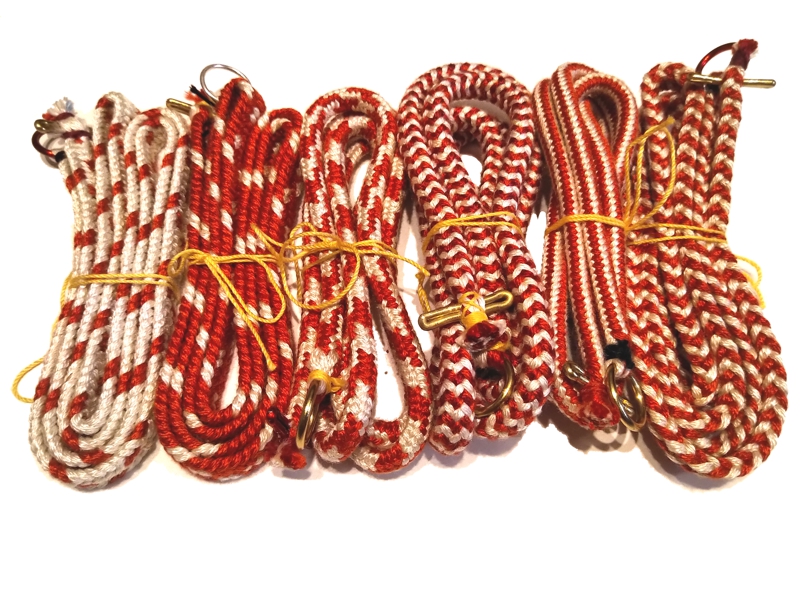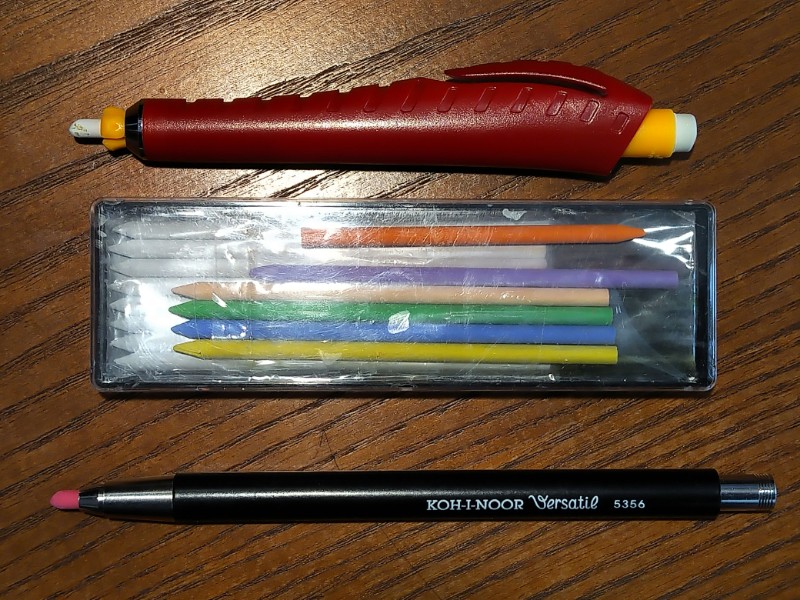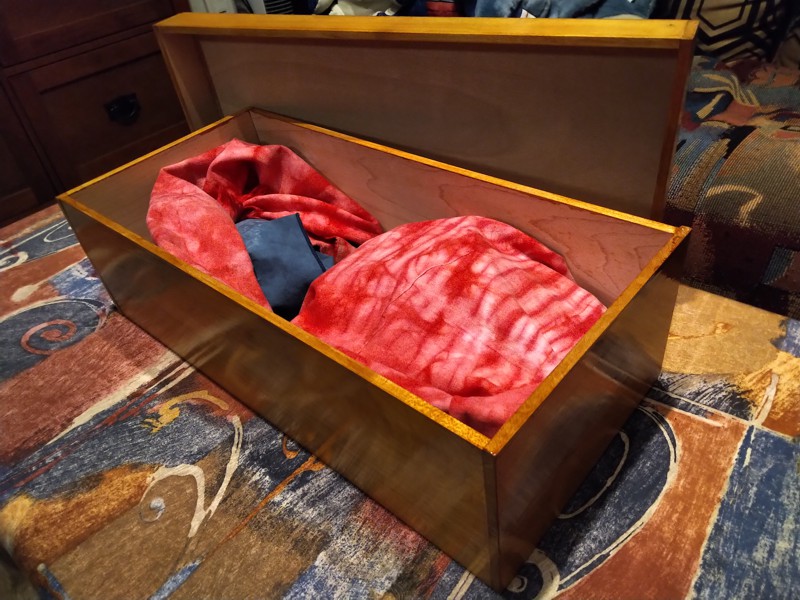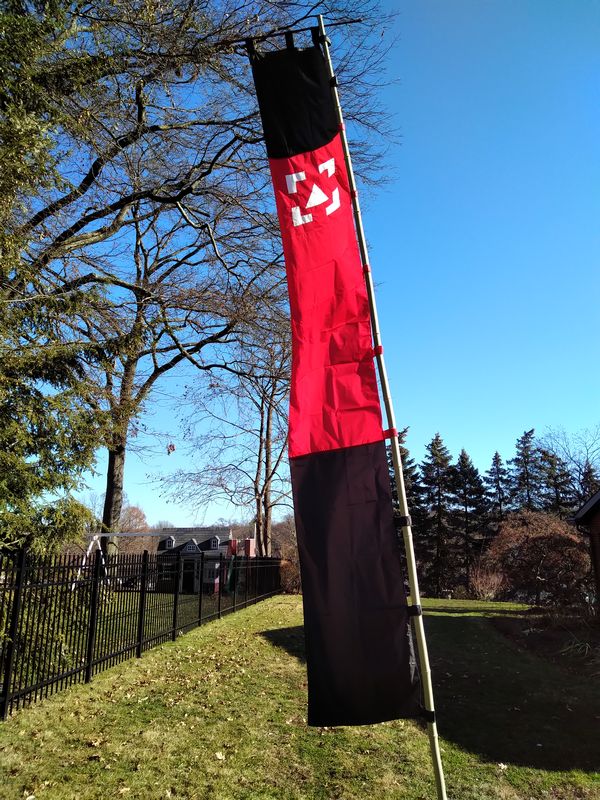A few months ago, somebody was chatting online about making curry at home using store-bought curry mix. Now these mixes are basically just the roux, the thickener you put in at the very end to turn the broth into sauce. They are super shelf-stable, so this somebody was recommending just keeping a package of this roux in the cupboard for quick dinners. I like curry just fine, but these store-bought roux use things like butter, soybean oil, and wheat flour that some members of my household cannot digest. So, this became a science project.
First, I bought a package of the recommended roux so I could make sure I knew what the store stuff tastes like. It’s good, no mistake, but as mentioned, indigestible. Because I knew I would be making it for myself, I made a tofu curry so I could be sure it would not get eaten by somebody else by accident. It was good, and I had it for lunch three or four times. The basic way to make curry is to add cut up onions, potatoes, carrots, and protein to a pan to fry for a bit, then add water or broth and simmer for a bit, then turn off the heat and thicken with roux.
Next, I found a recipe for making my own roux at home. This made way too much roux, which thickens the sauce into a kind of spicy pudding. So, here is my redacted recipe:
- 1/2 stick of unsalted butter or plant-based, non-dairy, soy-free, gluten-free butter substitute
- 1/4 cup flour of some kind, I used gluten-free rice flour
- 1 Tbs. Japanese curry powder
- You can also add small amounts of cardamom, cinnamon, cloves, coriander, cumin, mace, mustard seed, nutmeg, pepper, red chili, and cayenne if the curry powder is not spicy enough for you.
This makes enough roux to thicken a quart of broth, and here’s how you prepare it:
- Use a fork to smoosh the flour and butter together in a small frying pan.
- Heat gently until butter melts and the flour begins to toast.
- Stir in curry powder and other spices.
- Continue to heat and stir until everything is blended, then turn off the fire.
My second curry was a chicken curry made with the largest onion we had, skinless boneless chicken thighs, about a pound of little potatoes (each cut in half to speed cooking), two chunked up carrots, and a quart of chicken stock. Put some oil in a skillet, fry up the ingredients until they are a little toasty, add the stock, simmer for a half hour, then turn off the fire and stir in the roux. Serve with rice. Then make more rice later in the week because there are like two more dinners coming your way.
My third curry was fancy fancy. I used the second largest onion we had, a pound of cubed lamb meat, a pound of little potatoes (cut up), an entire acorn squash cut into chunks, a quart of beef stock, and the rest of the roux. Oh my. I’ve had the “pumpkin curry” in Thai restaurants and this is almost as good. They probably use more of the extra spices. My only advice would be to add the lamb earlier and the squash a little later after the other ingredients have simmered for a bit. My squash was too squashy. I did also peel the squash before chunking; I now wonder if that is necessary.
No pictures because curry doesn’t look as appetizing as it smells or tastes. Sorry!










